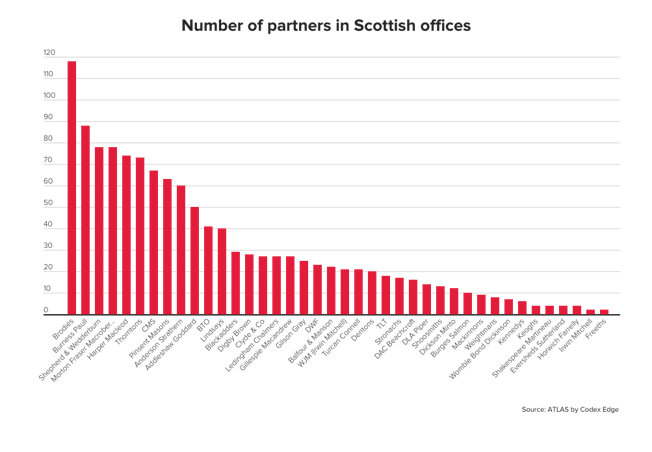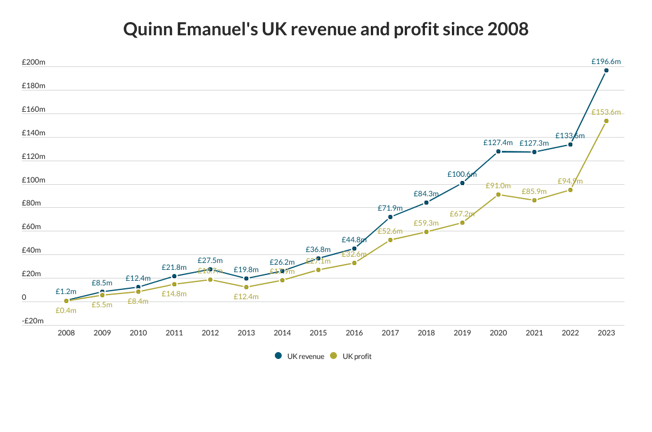Some specialist Bar Associations, as their names suggest, are concerned with particular subjects, such as personal injuries or employment law.
The Chancery Bar Association is a more broadly-based association. It represents the divisions of the work of the High Court, and has just under 800 members – about 10 per cent of the practising Bar – mainly in London.
Membership of the association is open to barristers “practising or intending to practise, primarily and habitually in the Chancery Division, or as conveyancers”. There are few, if any, practitioners at the Chancery Bar in 1997 who would describe themselves as conveyancers, but this reference reflects the association's history.
It was originally established in 1935 and re-established with its present rules in 1957, when the work of the Chancery Division was considerably more bookish than today.
Chancery barristers were seen as staid figures who matched the Gothic architecture of Lincoln's Inn and spent their time researching arid points on perpetuities and the rule in Andrews v Partington. They only occasionally ventured into court to vary a trust or argue about whether an easement was continuous and apparent. Chancery had its own peculiar language and mystique, which set it apart.
A trespasser from the Temple who ventured into the companies court could be put on the spot by being told that his winding up petition was demurrable, or by being asked exactly what was the “usual compulsory order”. In those days, the wrath of Master Dinwiddy if an affidavit was sewn up with a granny knot was legendary.
Over the last 20 years, the Chancery Division has become more widely known as its emphasis has shifted steadily from the traditional subjects of trusts, wills and land, to include more business oriented matters.
Equitable remedies and doctrines, have been developed in a commercial context. The mareva injunction and the doctrine of estoppel by convention are two examples, but perhaps the most significant and far-reaching instance has been the application of constructive trusts to commercial situations.
The range of the Chancery Bar is now wide and the Bar has responded to the needs of its clients in the new areas.
But this does not mean that chancery barristers have lost their identity. The factor common to most chancery problems, traditional or modern, is that they tend to involve a significant amount of legal analysis or the construction of doc- uments or statutes. The subject matter also has common origins in the influence of equity, and, therefore, chancery barristers develop a distinctive approach.
They prefer to deal with the law when opening a case, rather than leave it to reply, and in drafting proceedings will automatically claim “further or other relief” to guard against any unforeseen complexity, and add “costs” for completeness. More subtly, the common background of the practitioners and judges of the division, means that everyone can be confident that they are “talking the same language”.
This assists in the speedy, efficient and cooperative disposal of cases in a tradition of which the Chancery Bar is proud.
As recently as 15 years ago, the functions of the Chancery Bar Association were largely confined to organising members' votes to ensure maximum Chancery representation on the Bar Council.
In the mid-1980s, under chairman John Mowbray QC, the association became more active and made determined efforts to throw off the inaccurate image of Jarndyce v Jarndyce. The most significant step which it took was the publication, in 1988, of the Chancery Bar Association Directory: The Modern Chancery Bar. This made the scope of work undertaken by Chancery practitioners clear and provided a convenient reference list of members of the association, with an indication of their areas of practice.
The directory was an immediate success, and its fourth edition is due to be published in March. It has been modernised, and includes a list of chancery silks by seniority, plus a note of members' legal publications. The word “modern” was dropped in 1995 as it was felt that the message had been conveyed. Now the association trusts that The Chancery Bar – 1997 will prove as useful as ever to its clients.





























